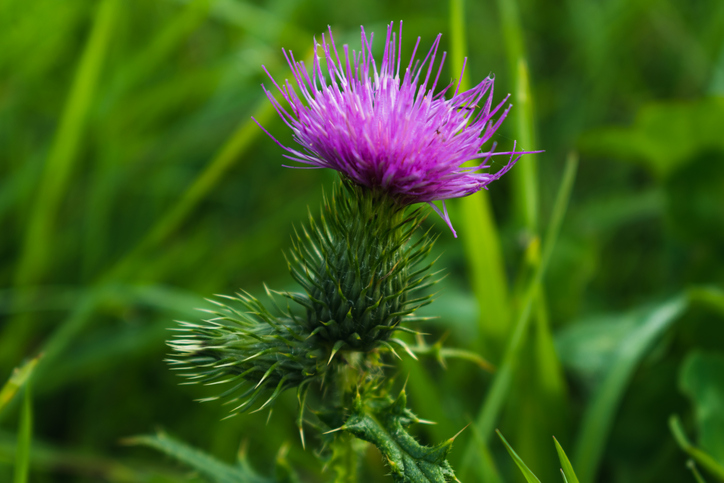By Mike May, PhD
Many plants make aromatic compounds called phenylpropanoids that provide protection from herbivores, UV light, and more. For centuries, some cultures have used these compounds as medicines.
“Some phenylpropanoids are the active compounds of traditional and herbal medicines,” says John M. Woodley, PhD, professor of chemical engineering at the Technical University of Denmark (DTU). “Baicalein and baicalin are two of the active compounds in the traditional medicine shō-saiko-tō, a widely used prescription drug in China with antidepressant effects.” In addition, phenylpropanoids play a role in today’s drugs.
Recently, Woodley and his colleagues—Alex Toftgaard Nielsen, PhD, from DTU Biosustain and PhD student Alexander Virklund from DTU Chemical Engineering—explored various ways to produce phenylpropanoids.
“The simplest is to extract them from plants, but the low and variable concentration of active compounds in combination with the presence of potentially harmful compounds makes it difficult to make safe and effective formulations,” Woodley explains. “Organic synthesis from simple building blocks like benzene is possible, but it requires many steps with low yields and purities due to the low specificity of these reactions and the large number of possible isomers in the route to phenylpropanoids.”
In addition, bioprocessing with bacteria and fungi can produce phenylpropanoids. “The microbes can be genetically engineered to produce the necessary enzymes in larger amounts, and native genes can be deleted to prevent the formation of byproducts, leading to high yields and purities,” Woodley says.
Bioprocessing can make better phenylpropanoid-based drugs
In some cases, bioprocessing also makes better phenylpropanoid-based drugs. One example that Woodley mentions is silymarin, which is a mixture of plant compounds, including silibinin, that can be extracted from milk thistle. This compound shows promise for treating liver damage.
“However, one of the other active components, silychristin, is a disruptor of the thyroid system, potentially leading to side effects,” Woodley notes. “If silibinin was produced heterologously in a bacteria or fungi, the presence of silychristin in the drug could be avoided and side effects could be mitigated.”
Making phenylpropanoids through bioprocessing, though, creates various challenges. “Some of the required plant genes can be difficult to express in simpler organisms like bacteria, and the antimicrobial properties of phenylpropanoids make them difficult to produce in large amounts without killing the microbes,” according to Woodley.
As a result, a combinatorial approach is often used. As Woodley describes this: “First, a cheap chemical precursor is produced via microbial fermentation, plant extraction, or organic synthesis, then it is enzymatically converted into a pure phenylpropanoid with the correct chirality, and finally organic synthesis is used to modify the natural phenylpropanoid into a synthetic active pharmaceutical ingredient with higher bioavailability or activity, making it a more potent drug.”
So, not only can various processes be used to make phenylpropanoids for therapeutic uses, but the methods can be combined to optimize the benefits of specific approaches and limit the downsides.


